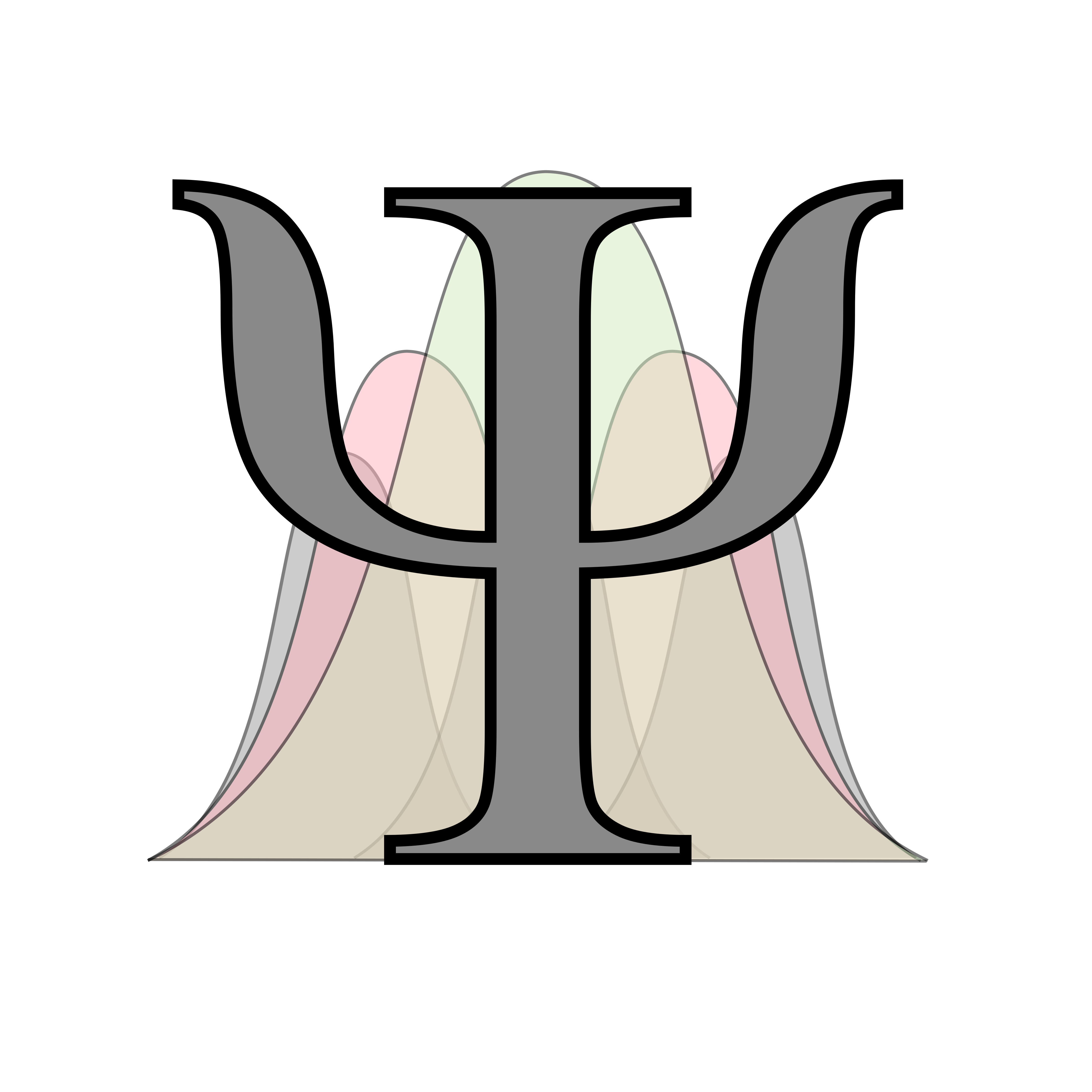Kletetschka said his theory overcomes some of the problems with earlier three-dimensional time theories that are based on traditional physics.
Those earlier theories, for example, describe multiple time dimensions in which cause-and-effect relationships are potentially ambiguous. Kletetschka’s theory ensures that causes still precede effects, even with multiple time dimensions, just in a more complex mathematical structure.
In three-dimensional time, the second and third dimensions are thought by some researchers, notably theoretical physicist Itzhak Bars of the University of Southern California, to become apparent, or unfold, at levels of extreme energy such as during the early universe or in high-energy particle interactions…
[…]
His framework accurately reproduces the known masses of particles such as electrons, muons and quarks and also explains why these particles have these masses.



I’ll need to reread this a few times to grasp it.
This doesn’t make sense to me. Time as we know it t1, time sideways t2, but why is the transition along t2 all of a sudden a third dimension? Wat?
I just went straight to the paper. The article appears to misrepresent the proposed dimensions of time by attempting to analogize with 3D space.
What is actually proposes is a fundamental difference between classical physics and quantum physics and how the two are unified across an intersecting dimension, which gives rise to cause and effect. It does not appear to inherently support or oppose the many worlds interpretation, as the article implies.
t1 - mass (quantum-scale time)
t2 - cause/effect (interactions between t1 & t3)
t3 - gravity (cosmological-scale time)
So this would be the continuation of the idea that classical physics is an emergent property of quantum physics?